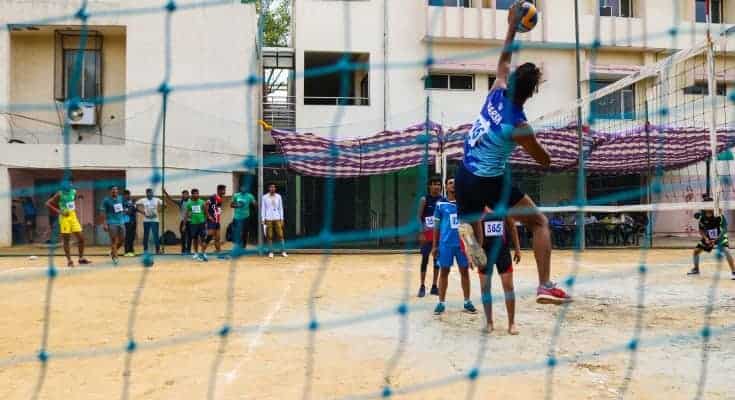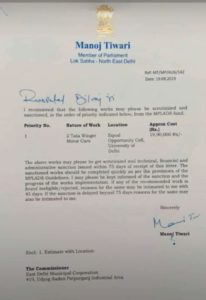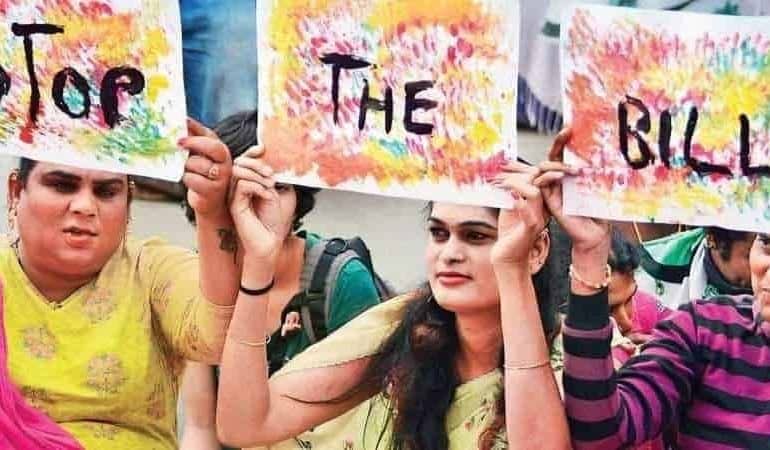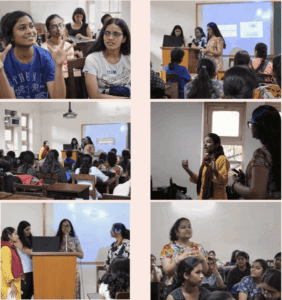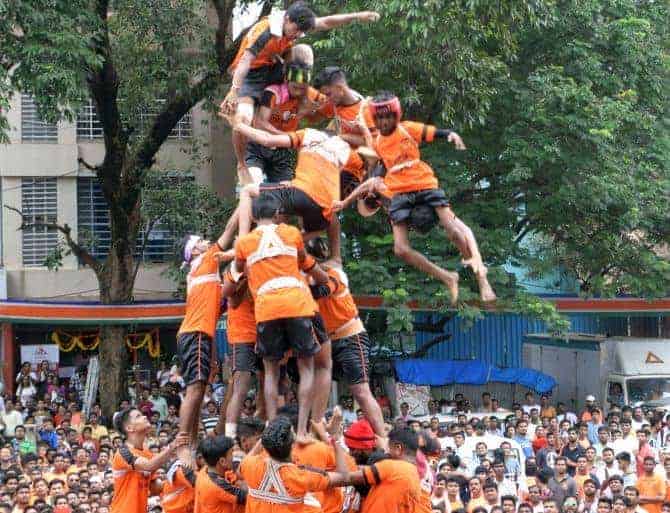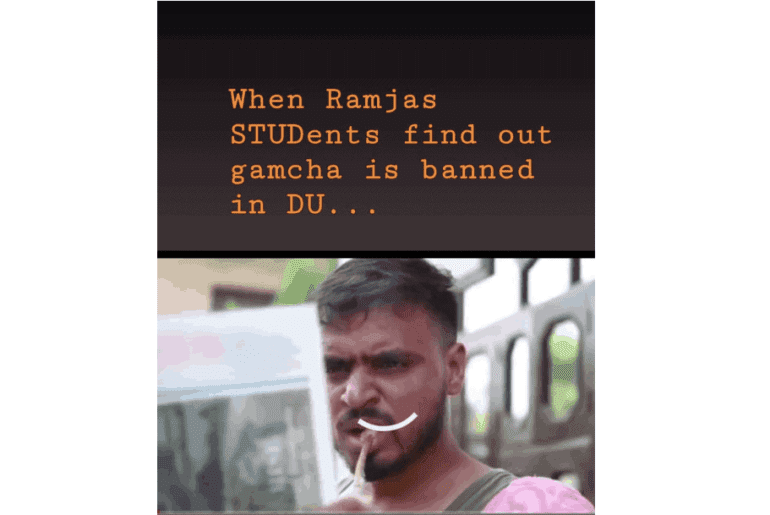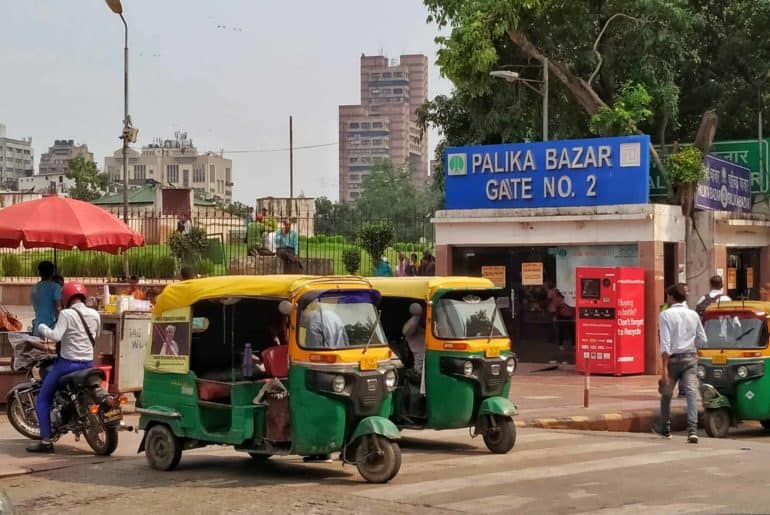With the demise of India’s former Finance minister, Shri Arun Jaitley on 23rd August, 2019 and the Delhi University Students’ Union (DUSU) elections around the corner, the Delhi High Court has asked the University of Delhi (DU) not be “too harsh” on student leaders since they have the potential to become the leaders of the country in future.
As reported by NDTV, while addressing a grievance of defacement of public property during 2017 DUSU elections, the High Court stated that the country gets great leaders from student leaders and the University authorities should not be too harsh on them for their activities during Students’ Union elections.
In a status report presented to the bench previously, a list of 15 students was rolled out who had been involved in the activities destruction of both public and private properties by spray paints and other means of causing defacement.
The bench of Chief Justice D.N. Patel and Justice C Hari Shankar said, in an apparent reference to Jaitley, “Don’t be too harsh on them. Don’t put ban on everything. From student leaders, we sometime get great leaders for the country. You know the examples; you must have seen it yesterday,”
The bench also said that civil and criminal action would be initiated as per the law if anyone is found involved in damaging either public or private properties. It also asked that the Centre, the University and the police ensure that all the guidelines are followed and adhered to during this year’s election process. The message of having a wide publicity to be given to penal actions if anyone was found defacing public property was also given out.
The High Court had earlier said prevention of defacement of property during student body polls in the DU was more important than taking action against candidates after they indulge in such activity. It had also suggested putting in place deterrents like disqualification of candidates to prevent defacement of property during the student body polls.
It is thus, hoped that this election season for the DU rolls out peacefully without damage to any person or property and leaders of our future find their way into the government through their political journeys in DU.
Feature Image Credits: Rishabh Gogoi for DU Beat
With Inputs from NDTV
Amrashree Mishra


